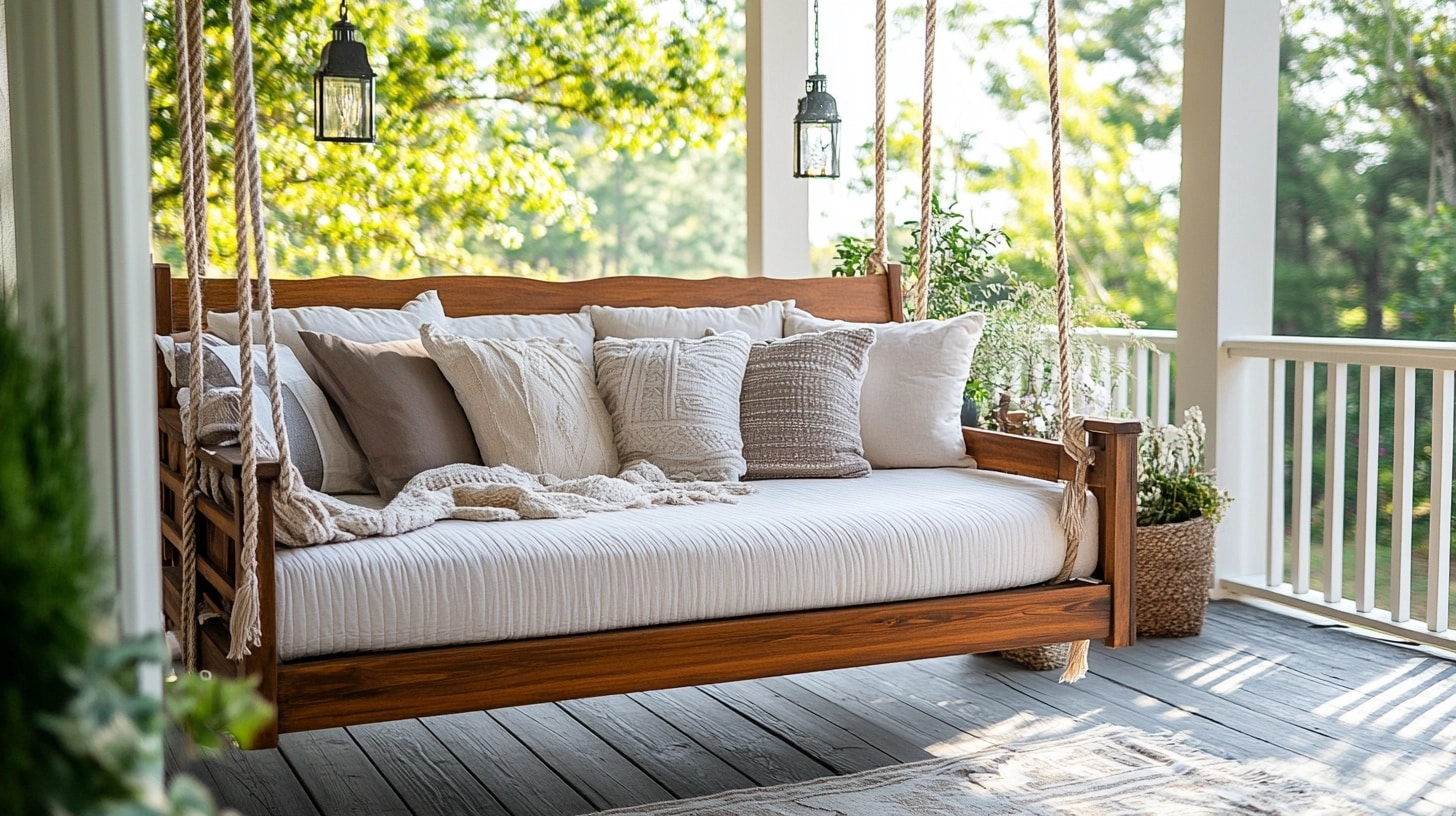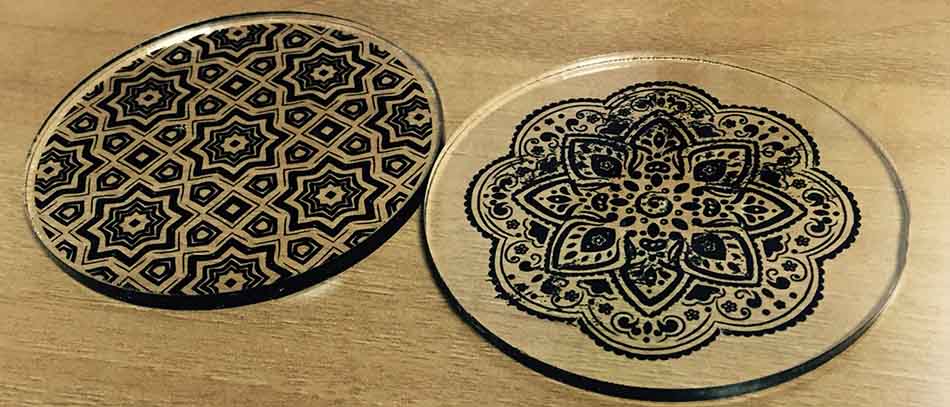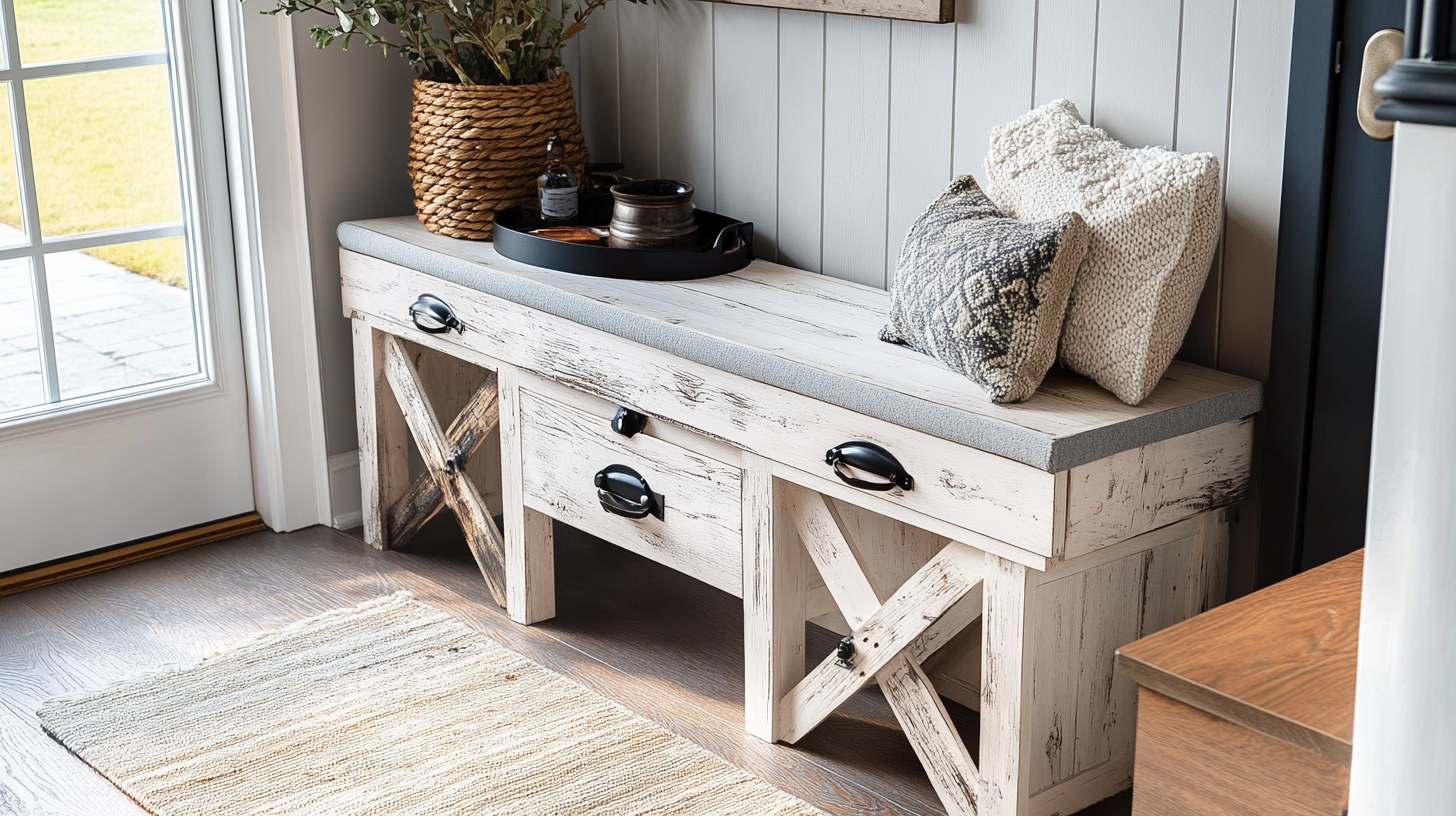DIY Porch Bed Swing Plans: Your Ultimate Step-by-Step Guide to Outdoor Relaxation
Have you ever wished for a perfect spot to read, nap, or simply watch the world go by?
That’s exactly what I thought when I first saw my empty porch space.
While store-bought outdoor furniture left me uninspired, I found the solution: a handmade porch bed swing. I built mine last summer, and now it’s become my favorite spot to unwind.
The gentle swaying motion, combined with soft cushions and fresh air, creates the perfect setting for afternoon breaks or morning coffee.
In this guide, you’ll learn the exact measurements, tools needed, and clear steps to create this cozy outdoor addition.
Plus, I’ll walk you through different style options to match your home’s look and share tested tips to keep your swing in top shape through all seasons.
Let’s create your new favorite relaxation spot together.
Step-by-Step Guide to Building a Porch Swing Bed
Materials Required
| Item | Quantity | Approx. Cost |
|---|---|---|
| Finish Nailer | 1 | $20 (rental) or $100 (purchase) |
| Tape Measurer | 1 | $10 |
| Wood Glue | 1 | $5 |
| Wood Stain | 1 | $10 |
| Wood Filler | 1 | $6 |
| Miter Saw | 1 | $40 (rental) or $200 (purchase) |
| Sand Paper | 1 pack | $5 |
| Jig Saw | 1 | $30 (rental) or $60 (purchase) |
| 4 Eye Screws | 4 | $5 |
| One 1/4″ Finish Nails | Varies | $5 |
| 2″ Finish Nails | Varies | $5 |
| 1″ x 8″ x 8′ Clear Pine | 3 pieces | $75 ($25 each) |
| 1″ x 3″ x 8′ Clear Pine | 12 pieces | $60 ($5 each) |
| 1″ x 4″ x 8′ Clear Pine | 1 piece | $7 |
| 2″ x 3″ x 8′ Framing Lumber | 2 pieces | $12 ($6 each) |
| 2″ x 4″ x 8′ Framing Lumber | 1 piece | $8 |
| 1″ x 6″ x 8′ Knotty Pine | 4 pieces | $32 ($8 each) |
Step 1 Constructing the Main Bed Frame
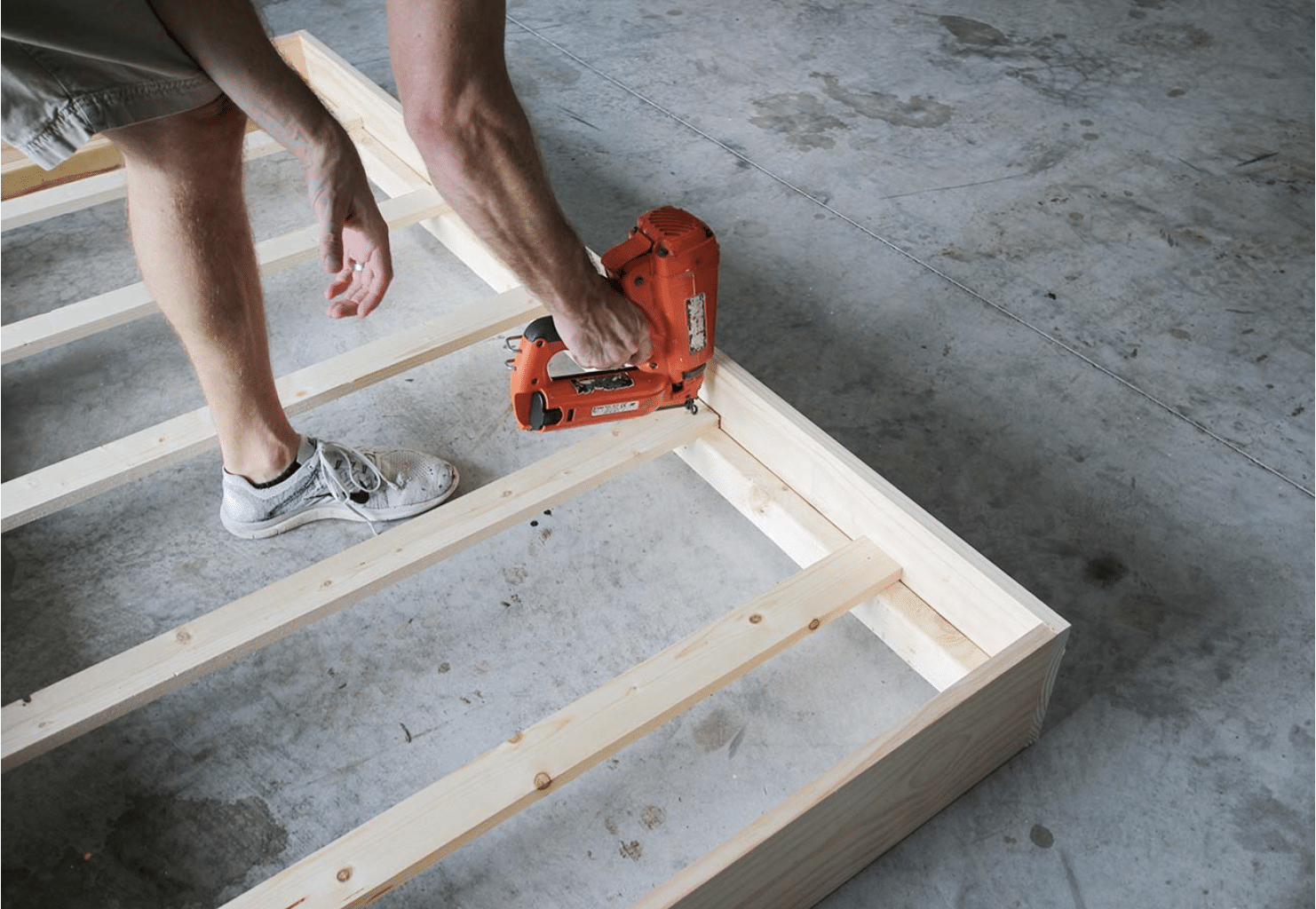
- Build the bed frame using 1×8 pine boards, forming a rectangular structure.
- Secure the boards with 2″ finish nails and wood glue.
- Add an inner support frame with 2×4 and 2×3 boards, flush with the outer frame.
- Nail and glue the support frame in place for reinforcement.
Step 2 Installing the Mattress Slats
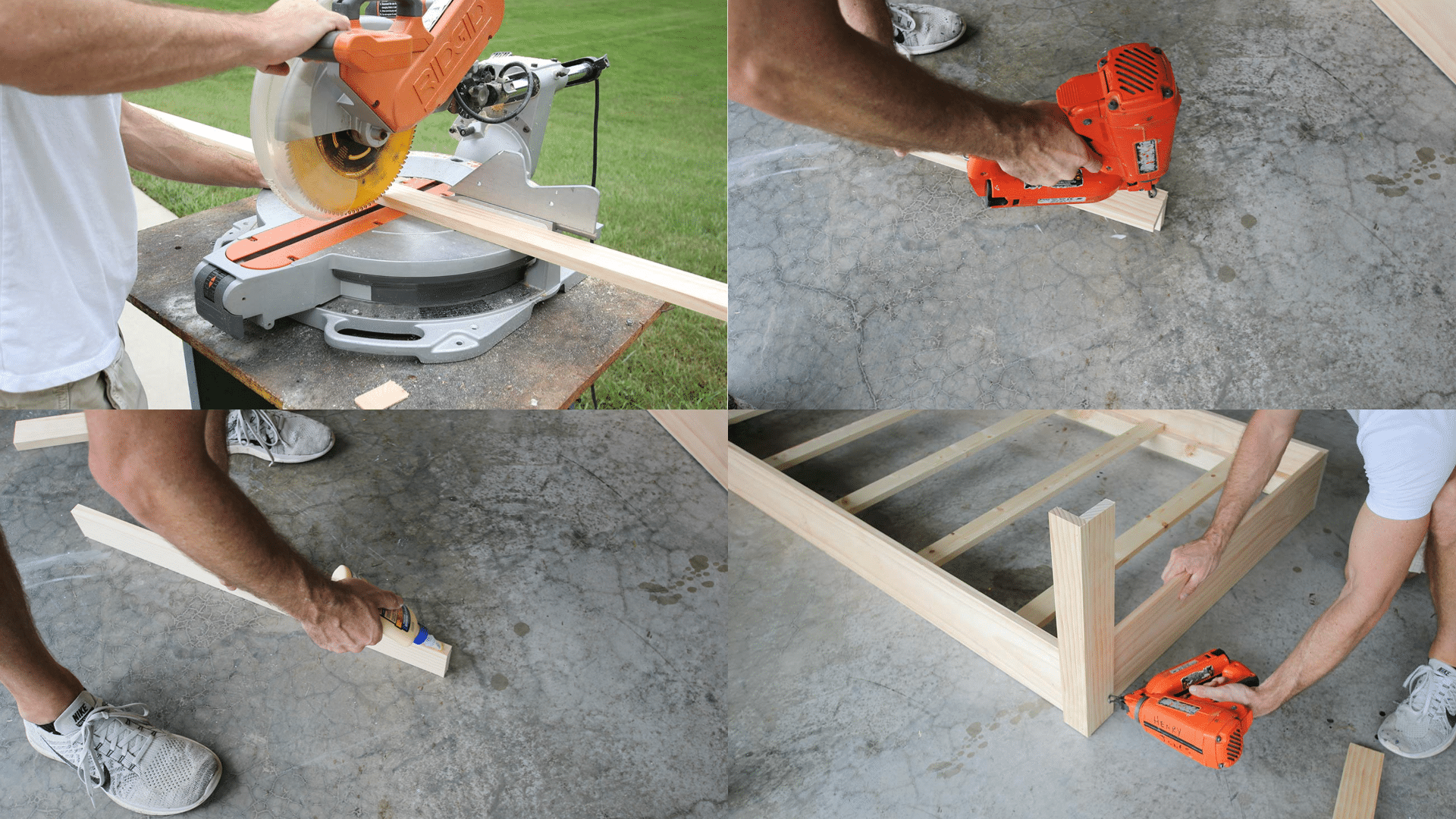
- Cut 8 slats from 1×6 knotty pine, each measuring 39″ long.
- Space the slats 4 1/2″ apart inside the frame.
- Nail the slats in place to provide mattress support.
Step 3 Creating and Attaching the Corner Posts
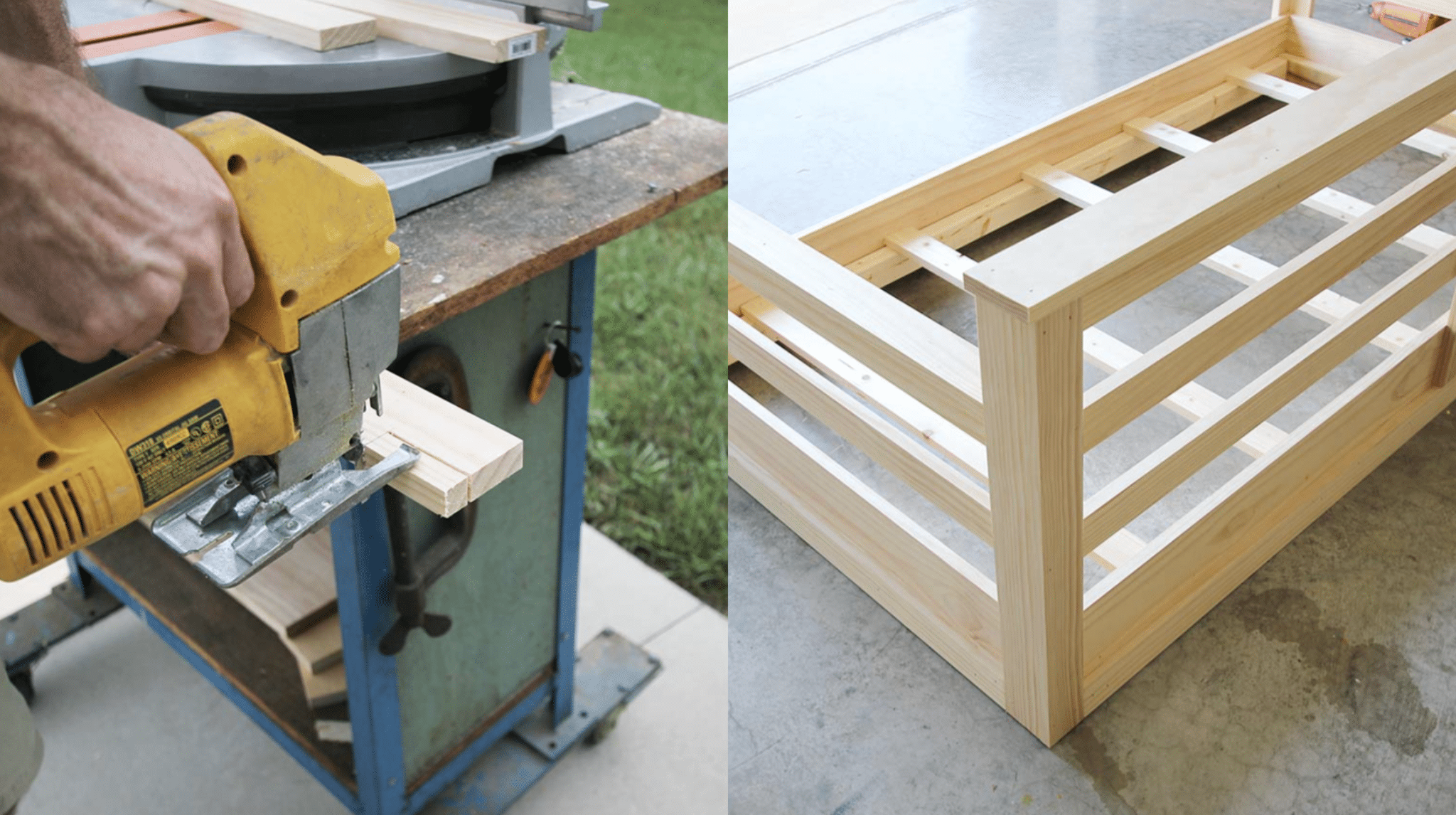
- Glue two 1×3 boards together to form an “L” shape for each post.
- Secure the boards with 2″ finish nails.
- Attach the posts to the four corners of the bed frame using glue and 1 1/4″ nails.
Step 4 Adding the Rails and Armrests
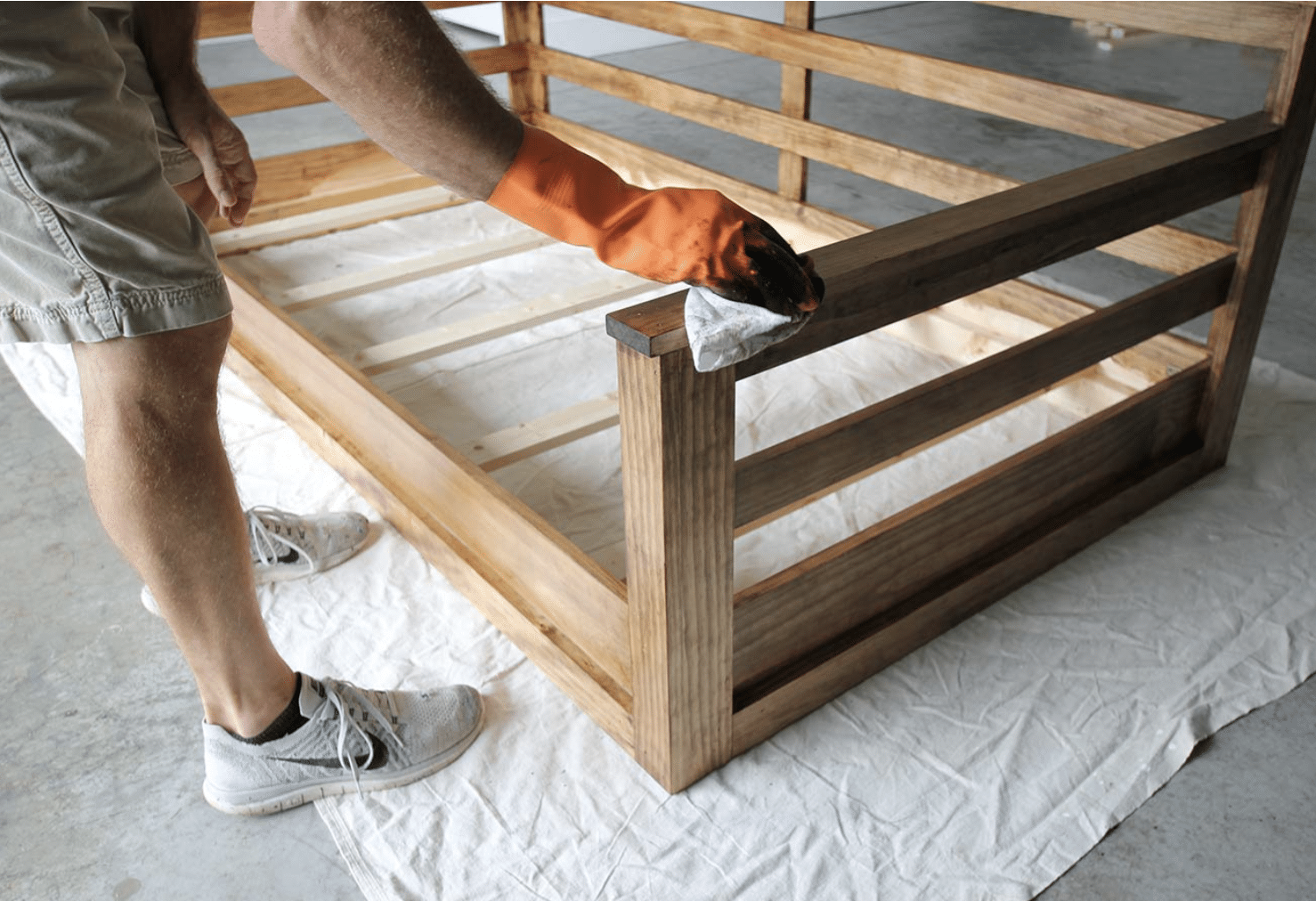
- Cut and attach the horizontal rails to connect the posts, starting with the back rails, then the side rails.
- Create the armrests from 1×3 pieces, using a jigsaw to notch them if needed.
- Attach the armrests and finish by adding trim along the bottom edges with nails and glue.
Step 5 Final Touches and Installing Eye Screws
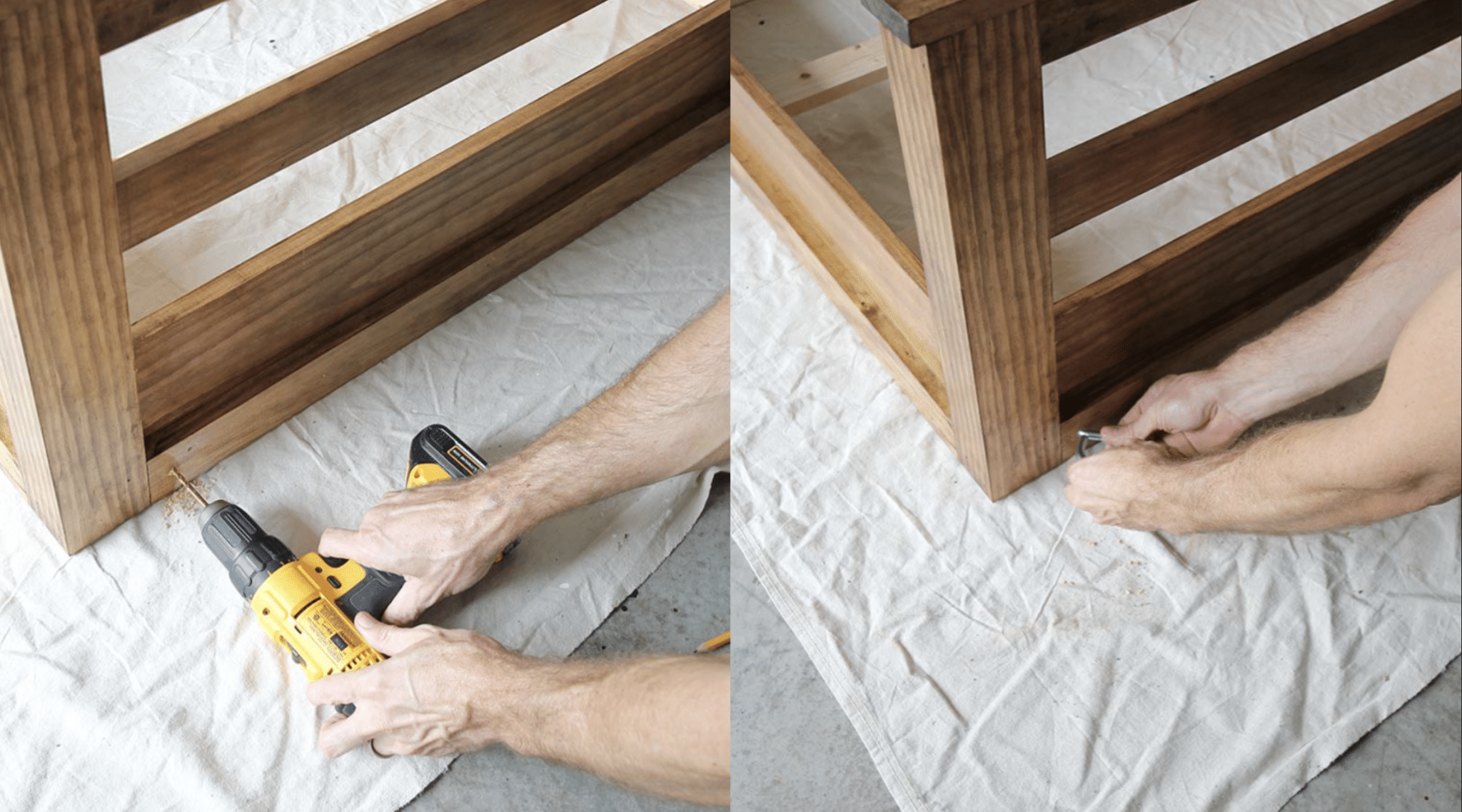
- Fill all gaps and holes with wood filler, then sand the swing.
- Apply a coat of stain and three coats of polyurethane for protection.
- Drill holes for the eye screws in the corner posts, ensuring they are properly aligned.
- Screw in the eye screws securely, which will later be used for hanging the swing.
Step 6 Hanging the Swing
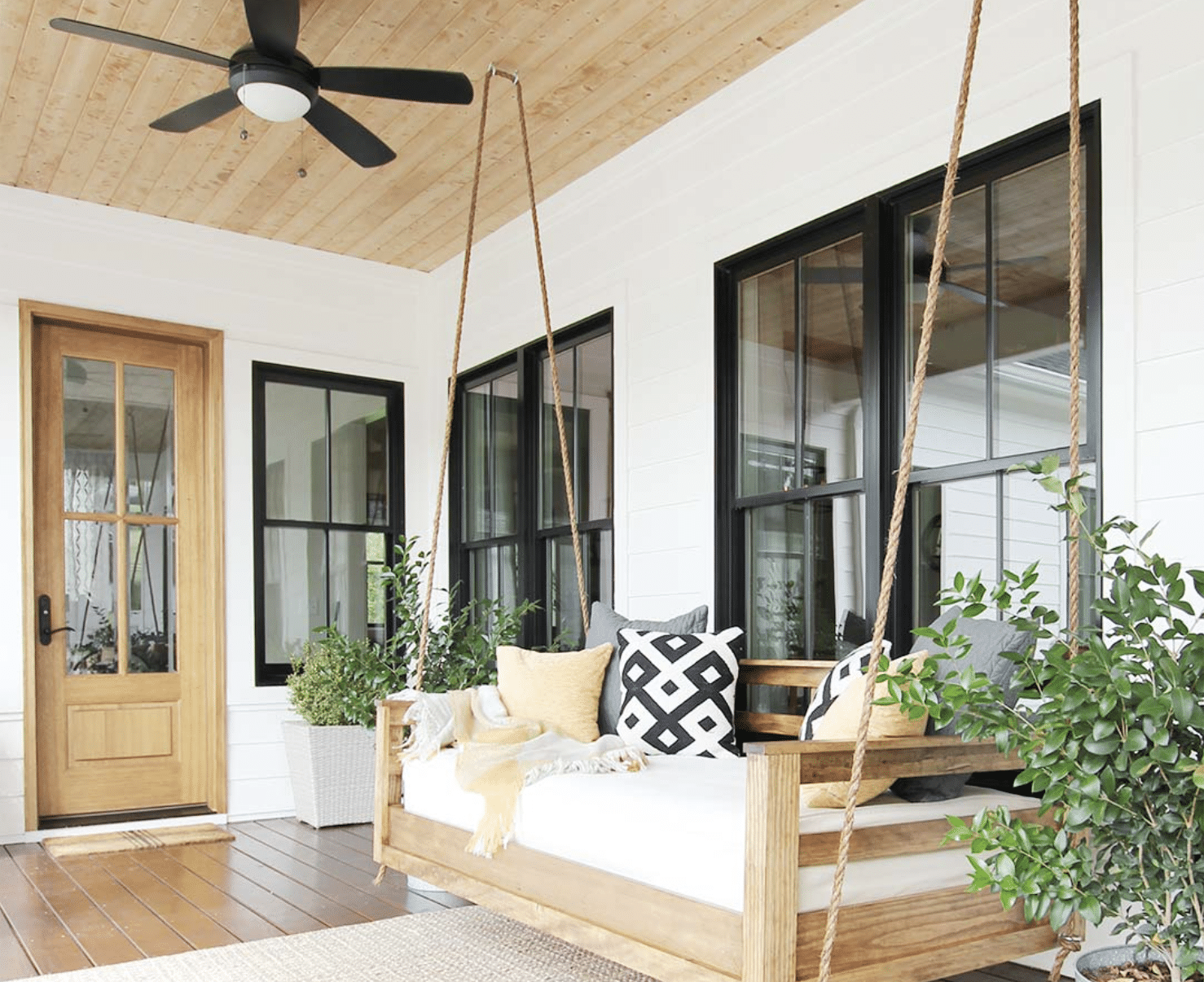
- Install matching eye screws into the ceiling joists where the swing will hang.
- Use sturdy rope or chains to hang the swing, ensuring it is well-balanced.
- Add a twin mattress and pillows for comfort.
Your porch swing bed is now complete and ready for use!
How to Choose the Right Size Porch Bed Swing
The right size for your porch bed swing depends on three key factors: your porch measurements, how many people will use it, and your comfort needs.
First, measure your porch width. Take at least 3 feet of extra space on each side of where you’ll hang your swing. This gives enough room for safe swinging without hitting walls or railings.
Standard sizes that work well:
- Twin size (39″ × 75″): Perfect for one person or tight spaces
- Full size (54″ × 75″): Good for two people or extra lounging room
- Queen size (60″ × 80″): Maximum comfort for couples
Pro tip: Make a paper template and lay it on your porch floor. Walk around it to check if the size feels right for your space and daily activities.
Remember: A bigger swing needs stronger support. Match your swing size to your porch’s structure and hanging points.
Essential Accessories For Your Porch Bed Swing
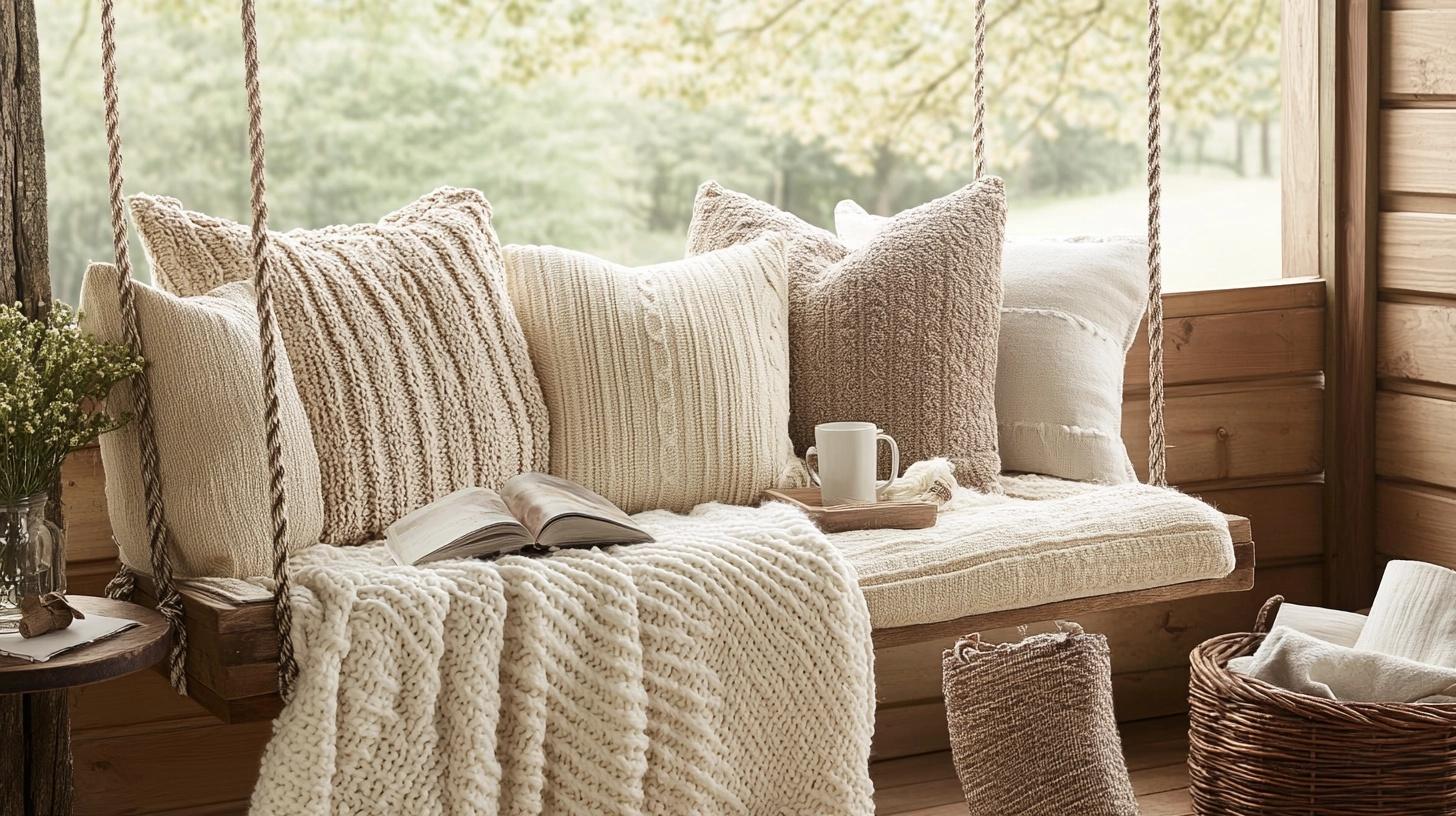
- Comfort Basics: Place a storage basket next to your swing for daily items. Keep outdoor throw blankets ready for chilly weather. Set up a small end table for your morning coffee or evening reads. Add a few waterproof boxes to store items you need close at hand.
- Cushions: Incorporate soft, plush cushions to ensure comfort. Experiment with different colors and patterns to match or complement your outdoor decor.
- Pillows: For durability, choose decorative pillows with unique textures, such as velvet, linen, or even outdoor fabric. Mix and match sizes and shapes to create a layered look.
- Shade Options: Fit a top cover to block harsh sun. Select lightweight, water-safe fabric in colors that blend with your porch. Use easy-mount brackets for quick changes. Keep fabric tight to prevent water pooling.
Best Woods for Your Porch Bed Swing
| Wood Type | Cost Per Board Foot | Weather Rating | Durability | Best Used For |
|---|---|---|---|---|
| Cedar | $6-8 | High | 15-20 years | Whole structure |
| Pine | $2-4 | Medium | 5-10 years | Frame, seat |
| Oak | $8-10 | High | 20+ years | Support beams |
| Cypress | $7-9 | Very High | 25+ years | Whole structure |
| Maple | $5-7 | Medium | 15+ years | Decorative parts |
| Redwood | $9-12 | Very High | 25+ years | Whole structure |
| Teak | $15-20 | Excellent | 30+ years | Premium builds |
| Douglas Fir | $3-5 | Medium | 10-15 years | Frame, backing |
Common Porch Bed Swing Styles
1. Classic Country Style
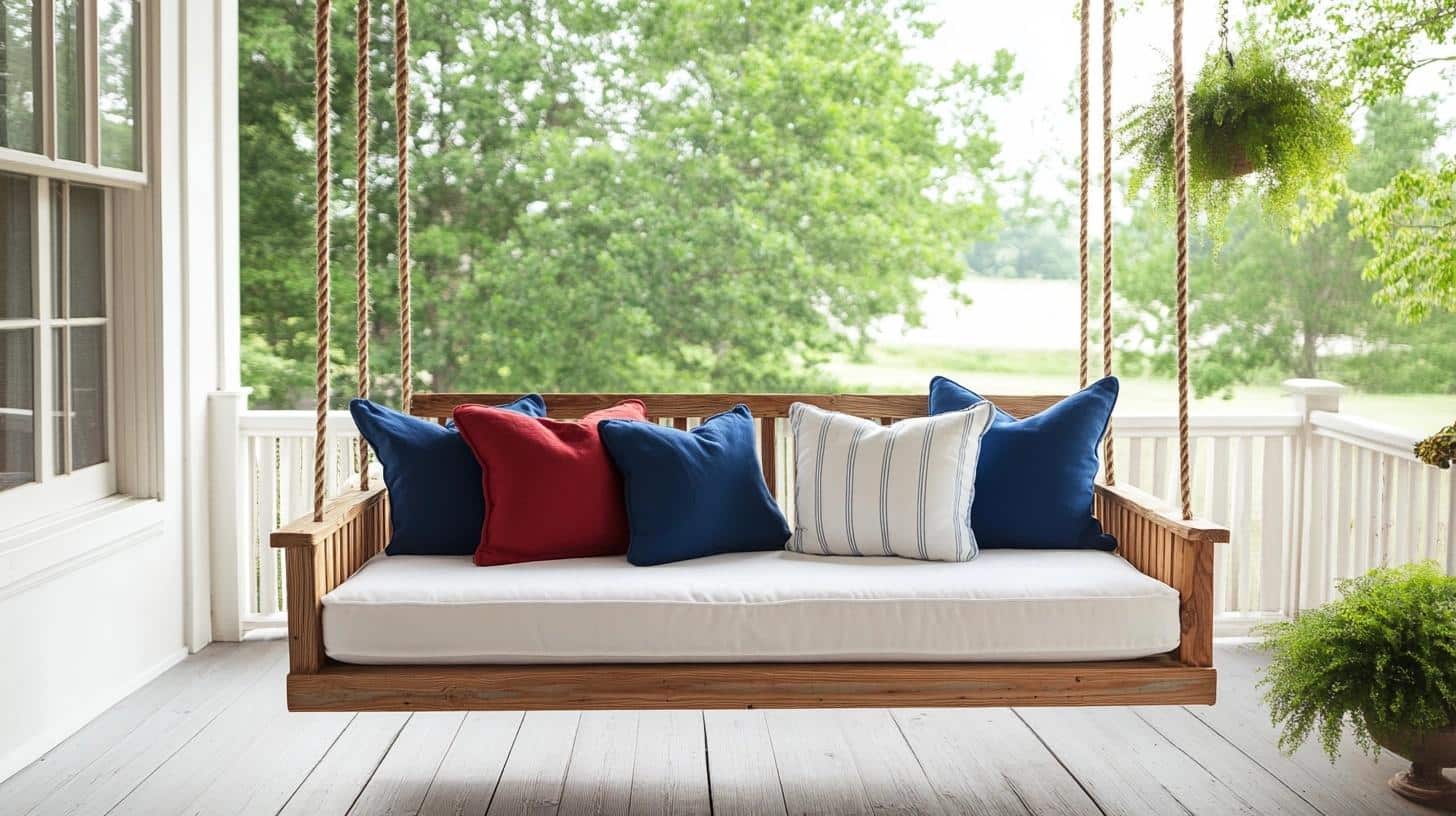
This style brings warmth to any porch with its timeless look. The frame uses solid wood with neat vertical slats running down the back. Simple chains or cotton ropes hold it steady. White cushions with hints of red or blue stripes finish the cozy farm look.
2. Beach House Design
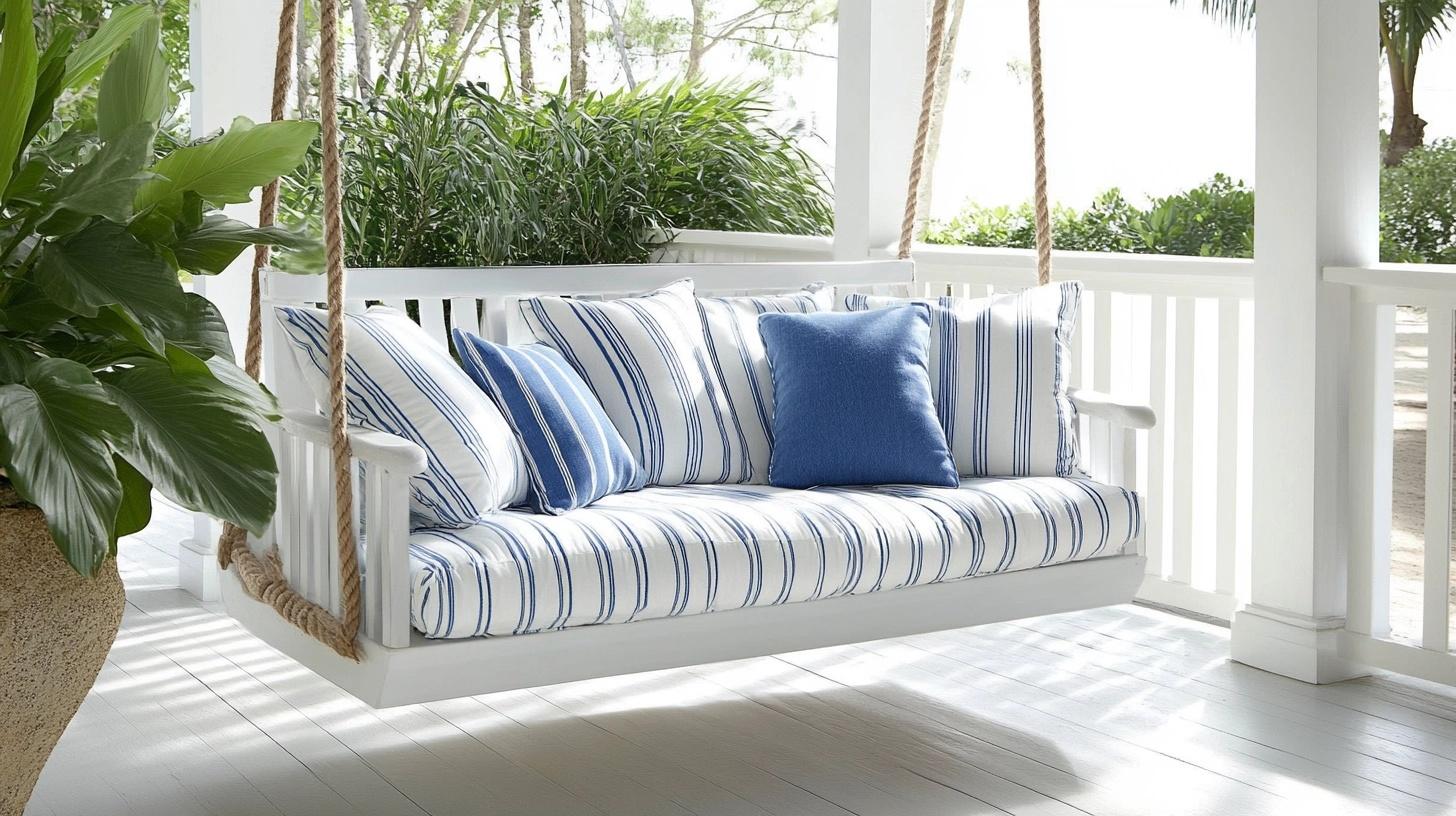
Perfect for a breezy, open feel, the frame is painted white and has Horizontal slats to create an airy look. Thick cotton ropes add to the coastal style, and blue and white striped cushions bring in that perfect beach mood.
3. Minimalist Look
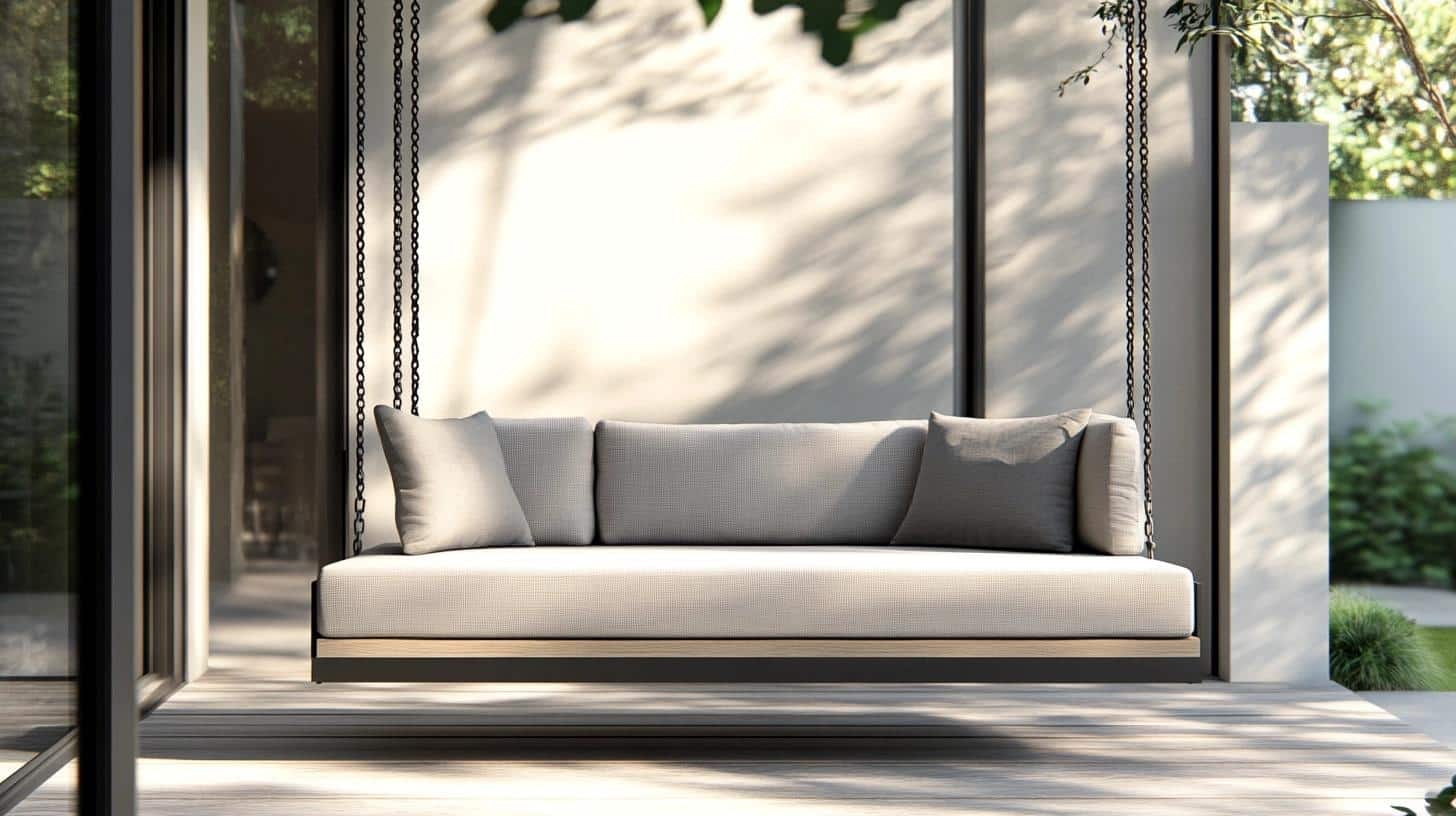
Built for clean, simple living. The frame has straight lines without extra details. Slim panels replace fancy slats. Black metal chains keep the simple look going. Pick solid-colored cushions in calm shades like gray or sand.
4. Traditional Build
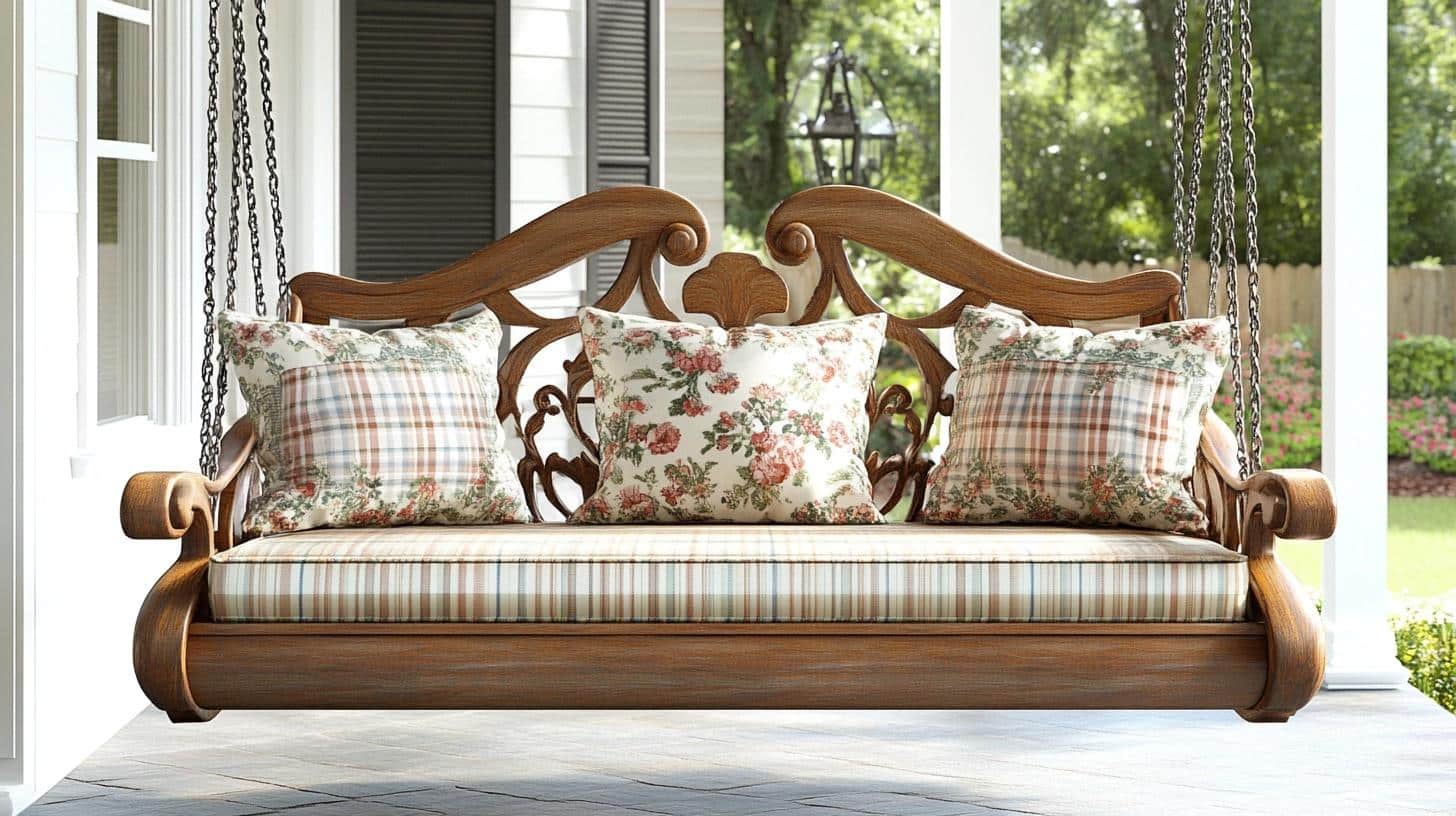
Shows off skilled woodwork in every part. The back curves gently for comfort. Side panels have small carved details. Standard chains in brass or black work well. Choose cushions with small prints or checks in soft tones.
5. Cottage Charm
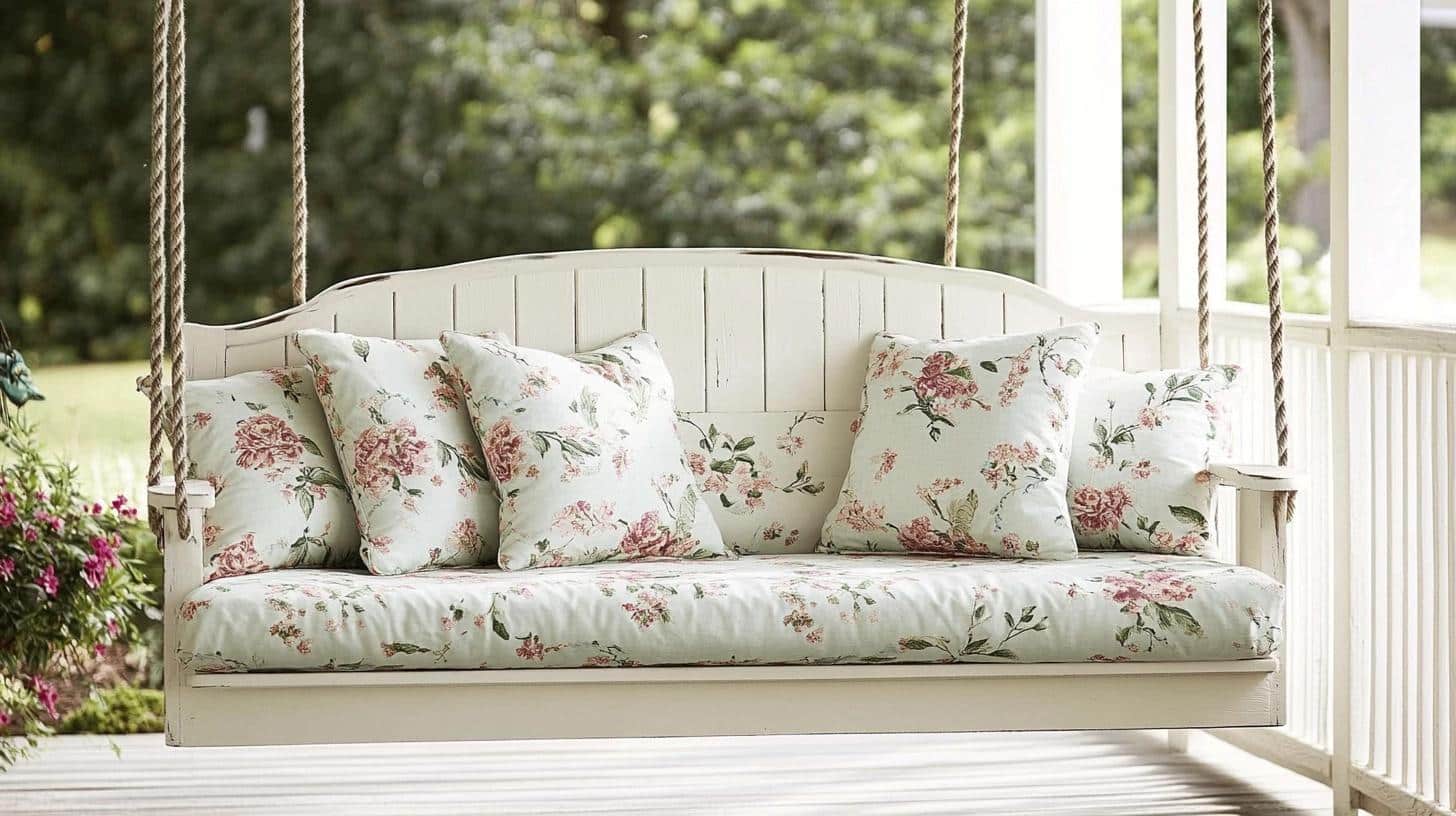
Brings a cozy, welcoming feel. The back panel uses a classic beadboard with a gentle curve on top. White paint with light wear marks adds character. Mix ropes and chains for hanging. Pick cushions with small flower prints in light colors.
6. Ranch Style
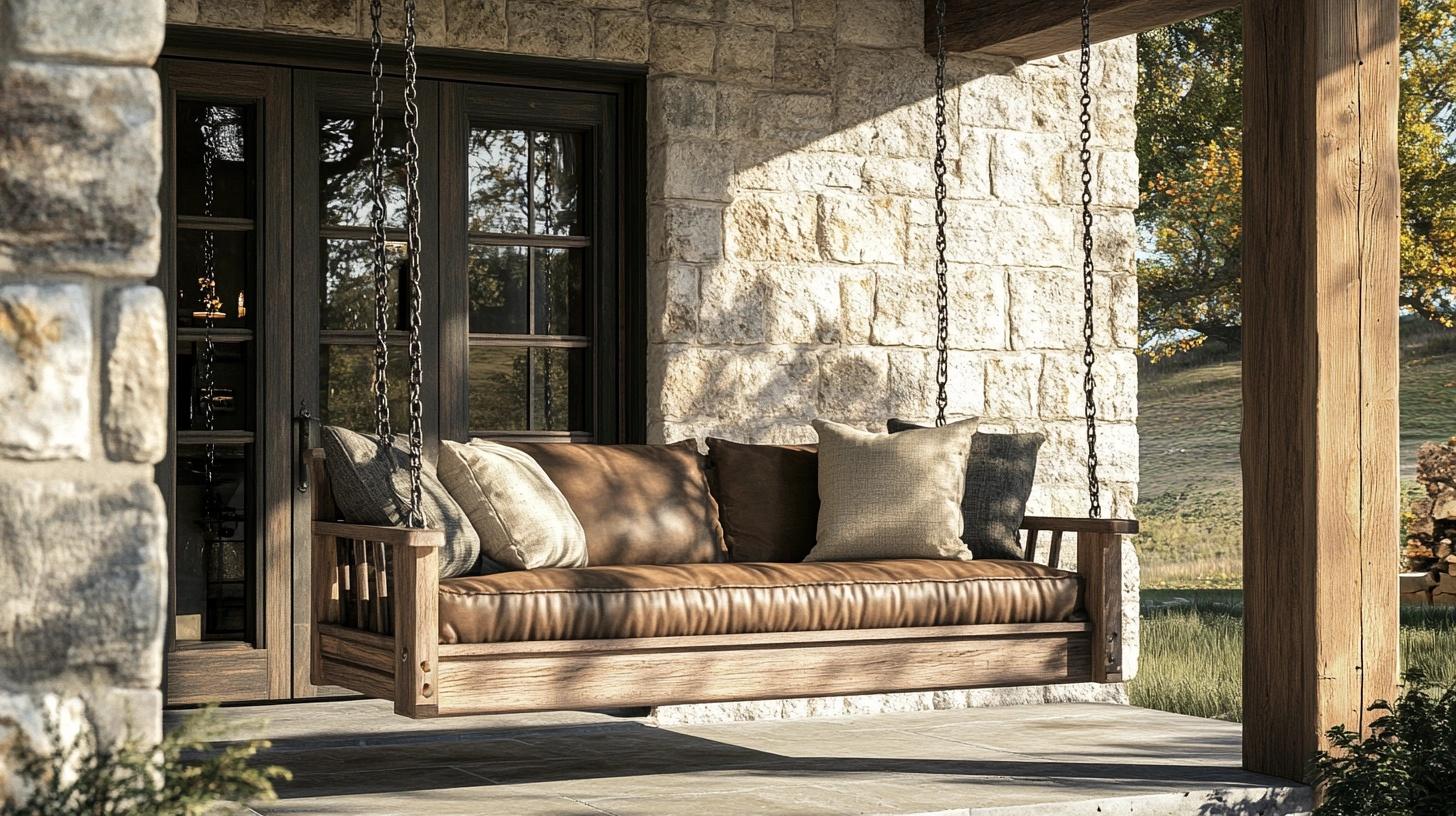
Built tough for years of use. Uses thick cuts of wood for strength. Keep the wood natural or use dark stains. Strong metal chains hold the weight. Add cushions in brown leather or tough canvas.
Essential Care Guide for Your Porch Bed Swing
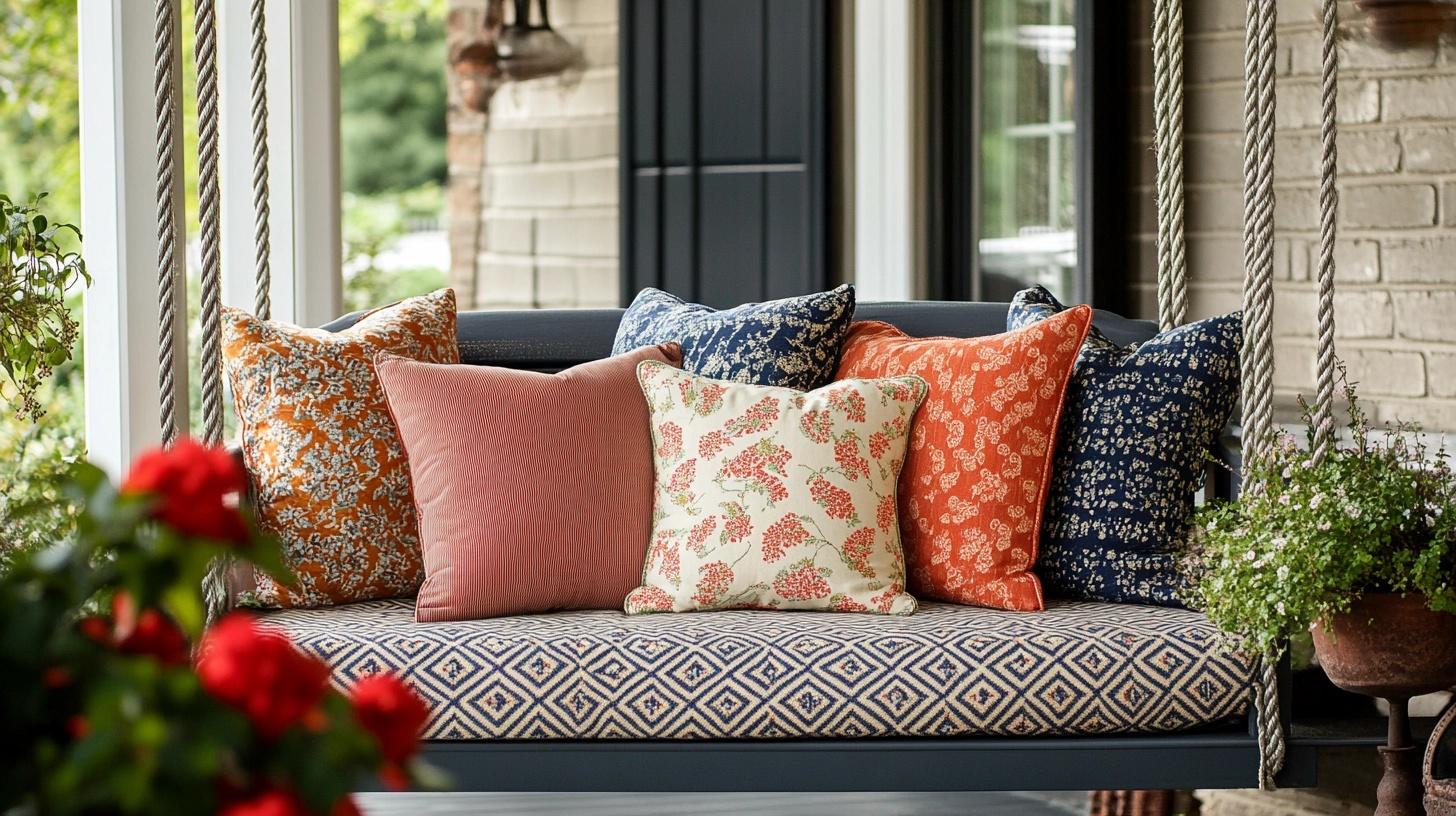
- Regular Safety Checks: Check chains and hooks monthly for rust. Tighten all screws and bolts regularly. Look over the wood each season. Feel for any weak spots in the structure.
- Weather Protection: Use an outdoor-rated finish on the wood. Add water-seal coating yearly. Keep cushions dry during rain. Store or cover in winter.
- Daily Care: Clean off debris before it builds up. Wipe spills immediately. Clean with a mild soap solution. Always dry thoroughly after washing.
- Cushion Care: Vacuum weekly to remove dirt. Clean stains right away. Replace flat filling promptly. Select an outdoor-grade fabric for covers.
- Smart Storage: Protect your swing when bad weather comes. Take it down before any major storms hit. Find a dry spot to keep it during the winter months. Clean it well before storing it to prevent mold.
Note: A quick 5-minute monthly check helps prevent the most common problems.
Conclusion
Building my own porch bed swing changed how I spend time outdoors.
It’s more than just a DIY project – it’s creating a special spot where memories happen.
From morning coffee to evening chats, this swing makes every moment better.
Now it’s your turn to build this perfect relaxation spot. With this guide, you have all the steps, from picking wood to adding final touches.
Take your time, follow the safety tips, and make it your own with colors and cushions that fit your style.
I’d love to see your finished swing! Leave a comment below with photos or questions.
Share your own building tips, or tell us how you styled your swing.
Let’s learn from each other and create more cozy outdoor spaces.
Frequently Asked Questions
How High Should a Porch Bed Swing Be?
Set your swing seat 17-19 inches from the floor. Test the height by sitting – your feet should touch the ground comfortably.
How Wide is a Porch Bed Swing?
The common sizes that match mattresses are crib (28″ x 52″), Twin (39″ x 75″), and Full (54″ x 75″). Choose based on your porch space and needs.
How Much Does It Cost to Build a Porch Swing Bed?
Basic builds start at $200, using pine wood and simple hardware. Premium woods and extra features can push costs to $500 or more.

